
Celebrating Women's History Month with 4 Revolutionary Women
1804
George Sand

1804 is an amber floral bouquet, in remembrance of George Sand’s bond uniting her with nature, warmed with heady spices and colored by sweet fruits.
1826
Eugénie de Montijo

The future and last French empress, Eugénie de Montijo, was born in Granada, the jewel of Andalusia. A sparkling beauty, her seductive nature and temperamental elegance delighted Napoleon III. In March 1839, she moved from Paris to Madrid, where she grew up into a headstrong and physically daring young woman, devoted to horse-riding and an array of other sports, as well as developed an interest in politics. After her marriage to Napoleon III, Eugénie was an iconic empress, entertaining guests attending balls, the opera, and theater. She set the standard for contemporary fashion and was an icon of French haute couture with her gowns, hair rollers, and multiple outfit changes across the days. Named for the empress, the Eugénie hat is a style of women's chapeau worn dramatically tilted and drooped over one eye. The brim of the hat is folded on both sides, frequently with an ostrich plume emerging behind it.
1804 has the artistic refinement of her time and presence, with a sensual amber carried by the power of white flowers and patchouli, of which the empress loved the unforgettable vapor trail.
1873
Colette
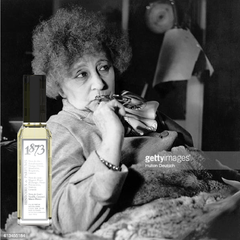
Known mononymously as Colette, the French author was nominated for the Nobel Prize in Literature in 1948 and is best remembered for her 1944 novel Gigi. In 1893, Colette married Henry Gauthier-Villars who used the pen name "Willy" and published her first four novels: the four Claudine stories: Claudine à l'école. After the World War, when she didn't have much time to write, the 1920s and 1930s were her most productive and innovative times, and her work focused on married life and sexuality, often semi-autobiographical, like Chéri, portraying love between an older woman and a much younger man. In 1944, Colette published her most famous work, Gigi, which tells the story of sixteen-year-old Gilberte ("Gigi") Alvar. As France's greatest woman writer, she was also nominated for the Nobel Prize in Literature in 1948. Upon her death, she was denied a religious funeral by the Catholic Church due to her divorces, but given a state funeral, the first French woman of letters to be granted the honor.
1873 is a gourmand and refined eau de parfum. Unsettling white flowers blossom in a light bubble, sparkling with tangerine and lemon. A fragrance intensified by Mediterranean citrus, as blissful as a kiss of lemon meringue tart.
1876
Mata Hari
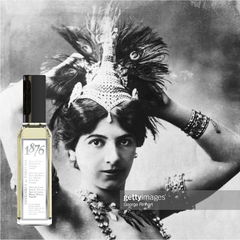
Mata Hari, means "the eye of day" in Malay. A nice discovery for this famous spy, whose captivating beauty and taste for adventure built up an out of the common destiny. She was a Dutch exotic dancer and courtesan who was convicted of being a spy for Germany during World War I. Mata Hari began to win fame as an exotic dancer and brought a carefree provocative style to her performances. Although Mata Hari's wove fictitious stories of her origins, they were colorful and her act was successful because it elevated erotic dance to a more respectable status. She had relationships with high-ranking military officers, politicians, and influential powerful men, much of which took her across international borders. Prior to World War I, she was viewed as an artist and bohemian, but as war approached, she was seen as a dangerous seductress. She was shot by the French on charges of spying for Germany during World War I, although the nature of her espionage activities remains uncertain, and her guilt is debatable. Supposedly she had agreed to act as a French spy in German-occupied Belgium and did not inform French intelligence of her prior agreement with the Germans. The French began to suspect her of duplicity, and was arrested in Paris. She was imprisoned and tried by a military court shot by a firing squad. Legend has it that she blew a kiss to her prosecutors before her death.
1876 is a captivating fragrance where spicy rose mingles with the most exquisite woodsy and fruity essences. That’s why the most exhilarating of flowers, the spicy rose is at the heart of this mysterious perfume.

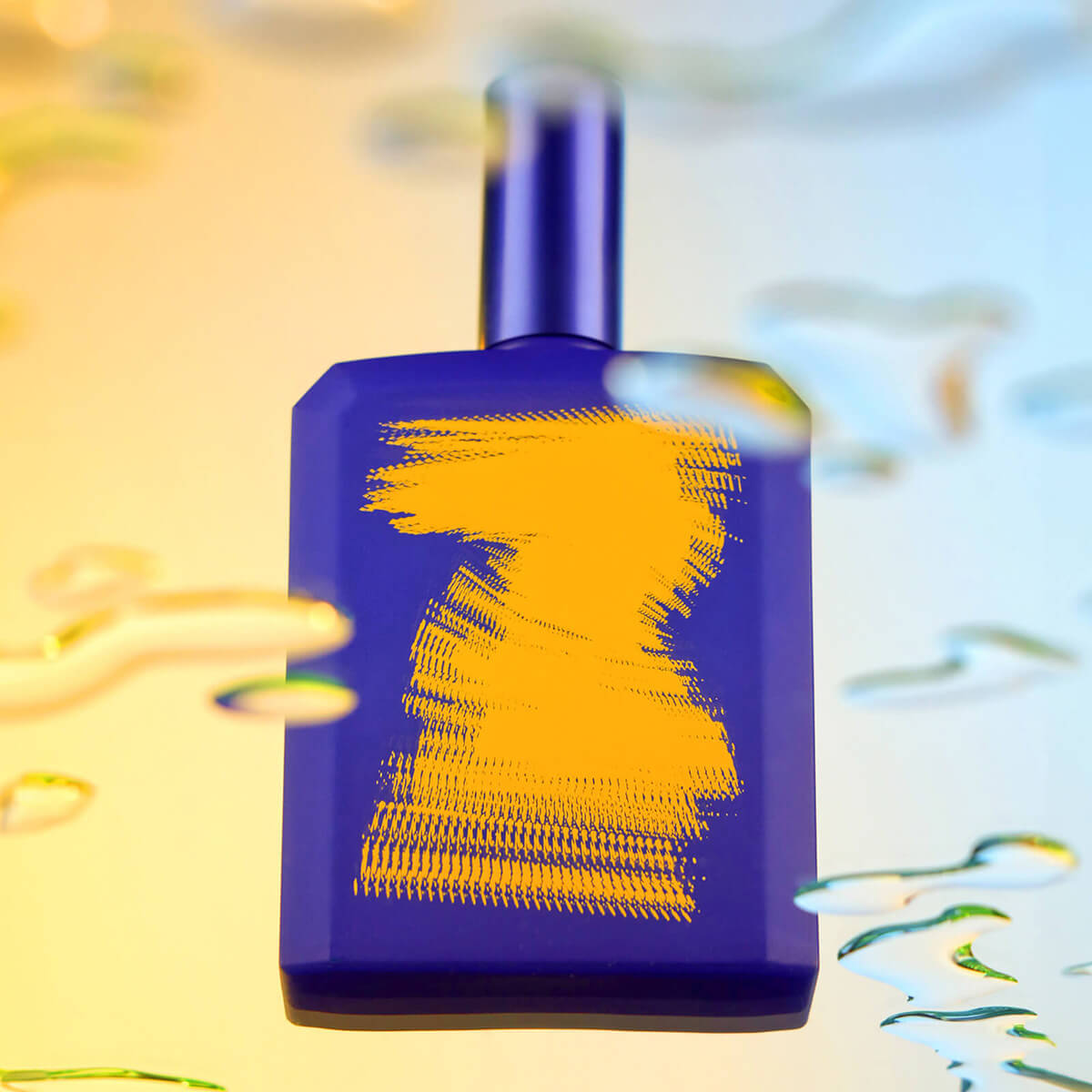
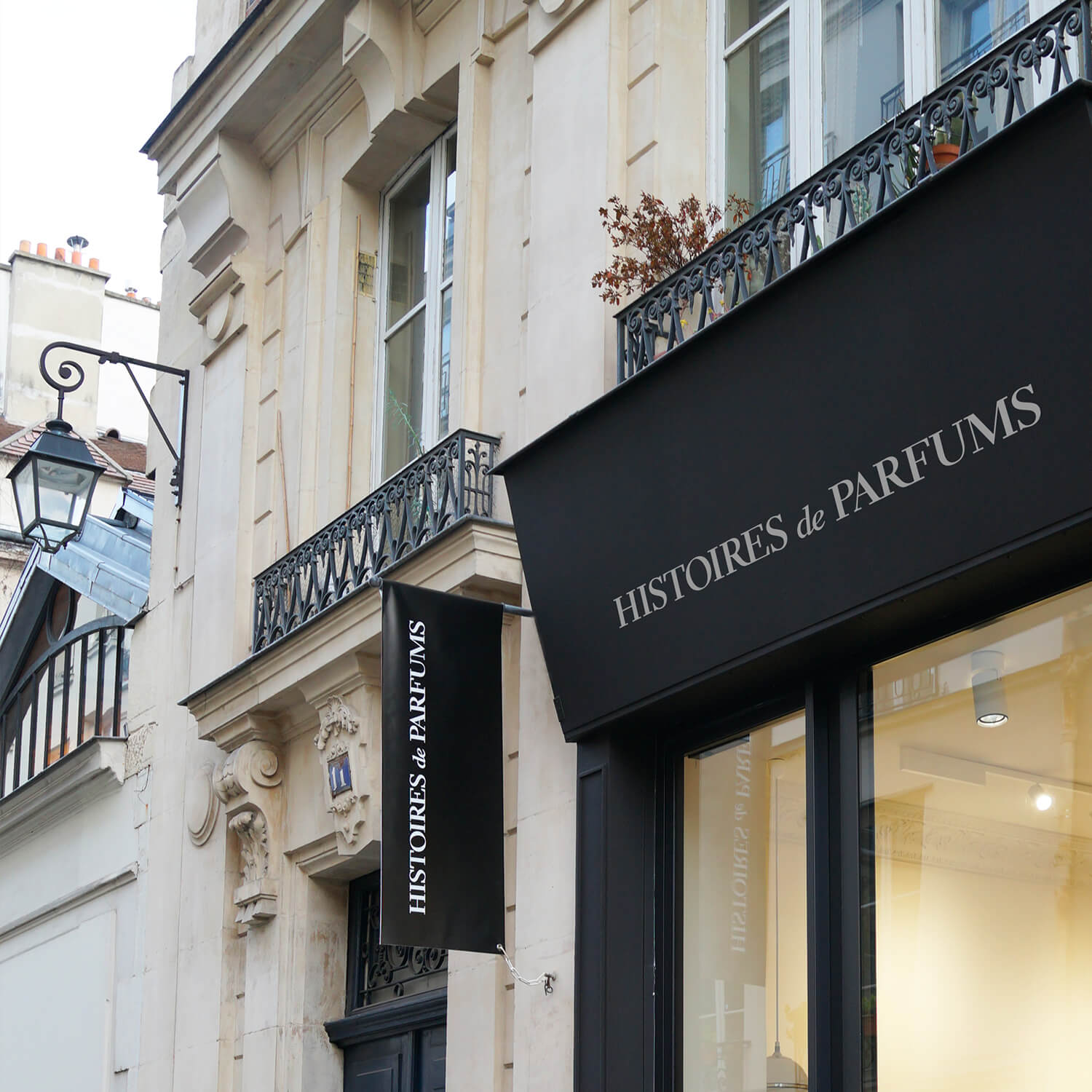
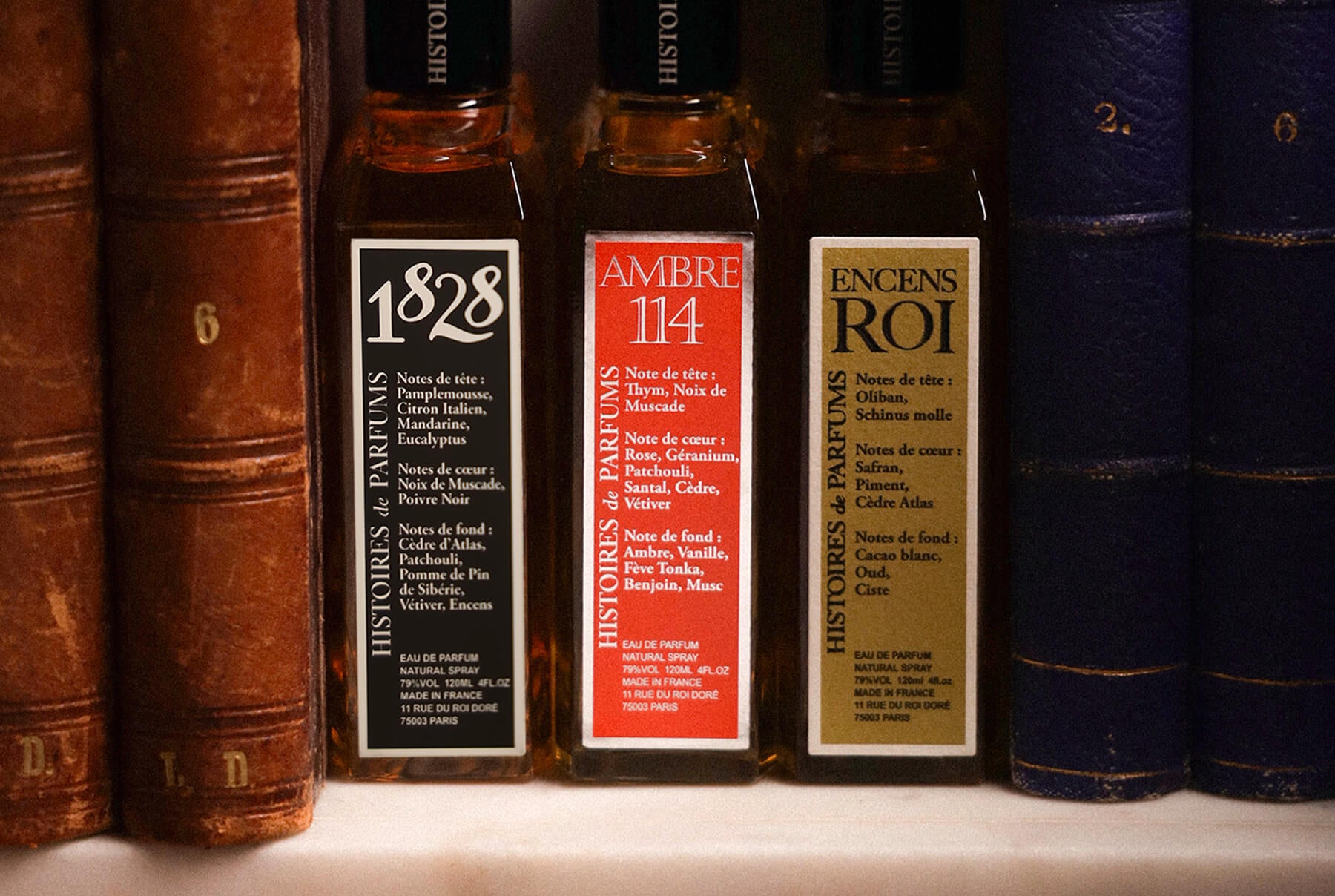
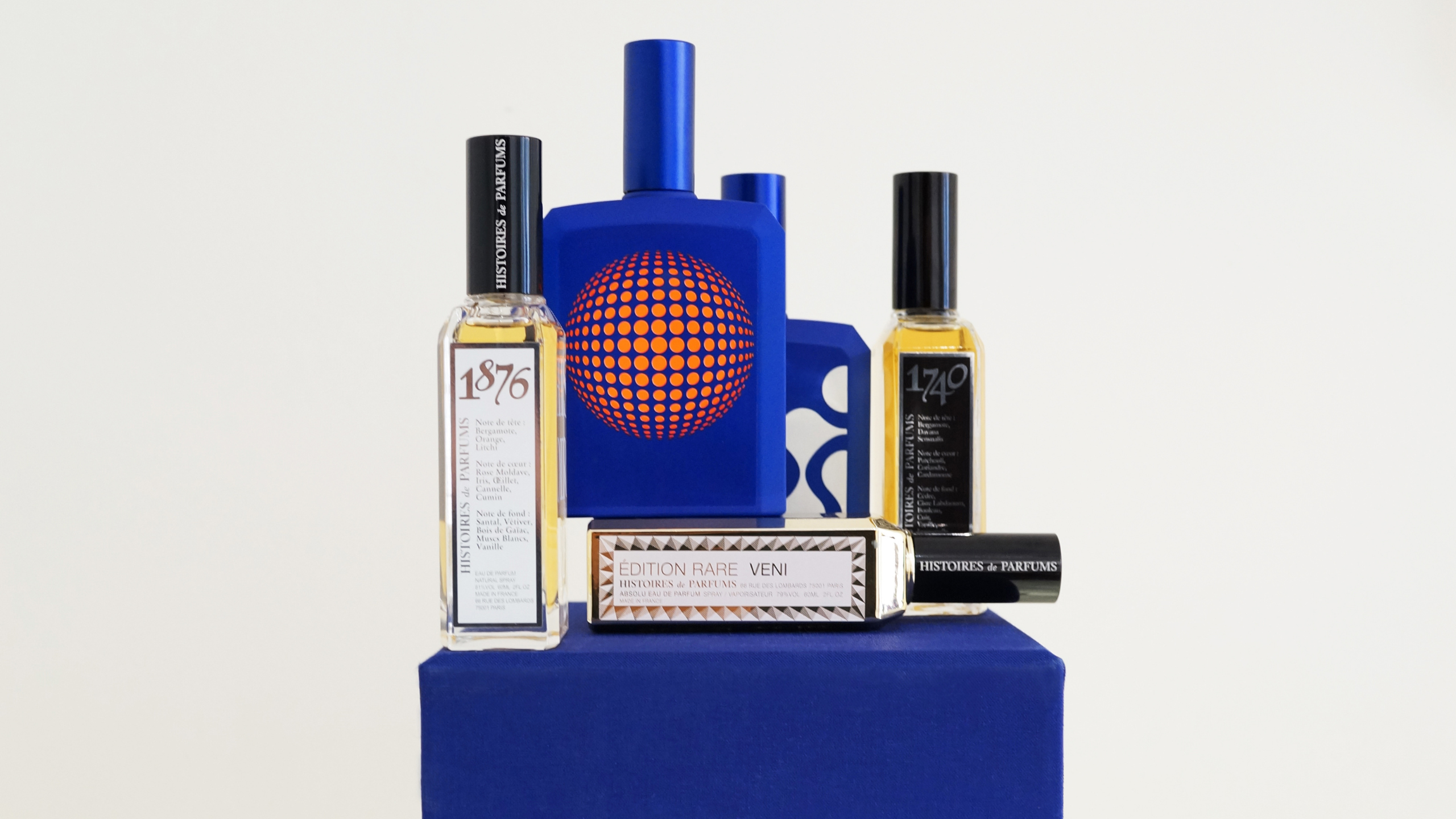
Leave a comment
This site is protected by hCaptcha and the hCaptcha Privacy Policy and Terms of Service apply.